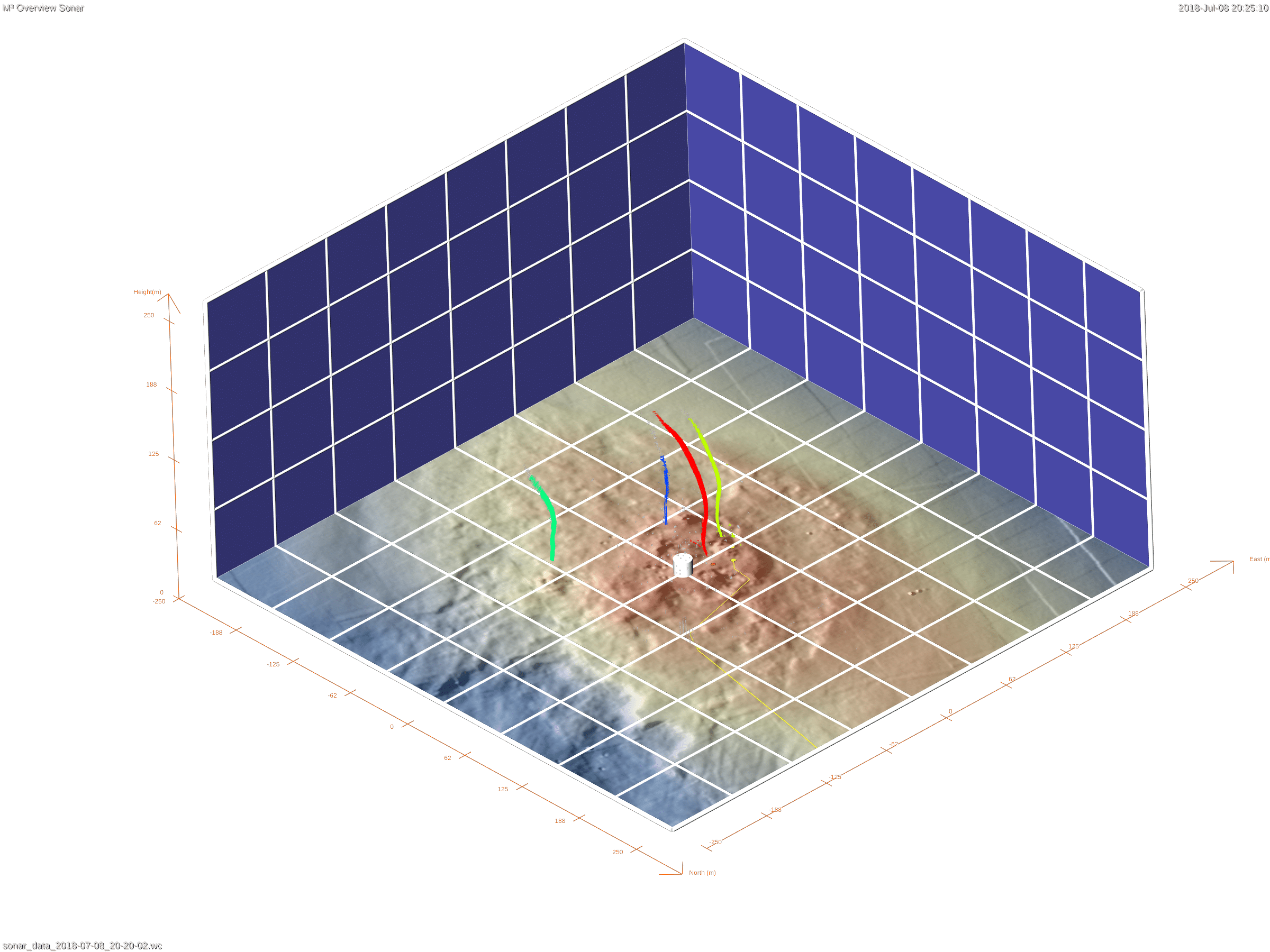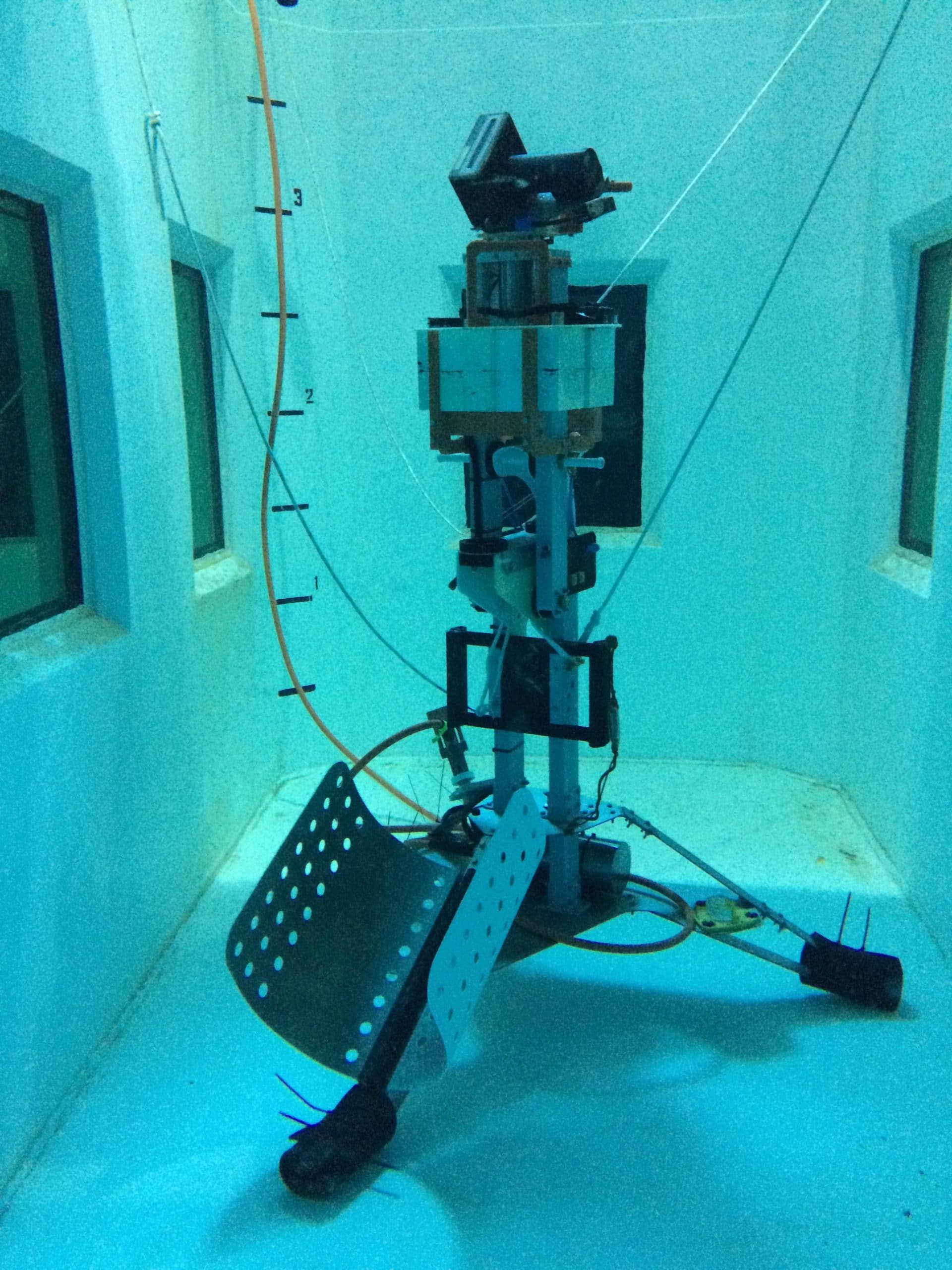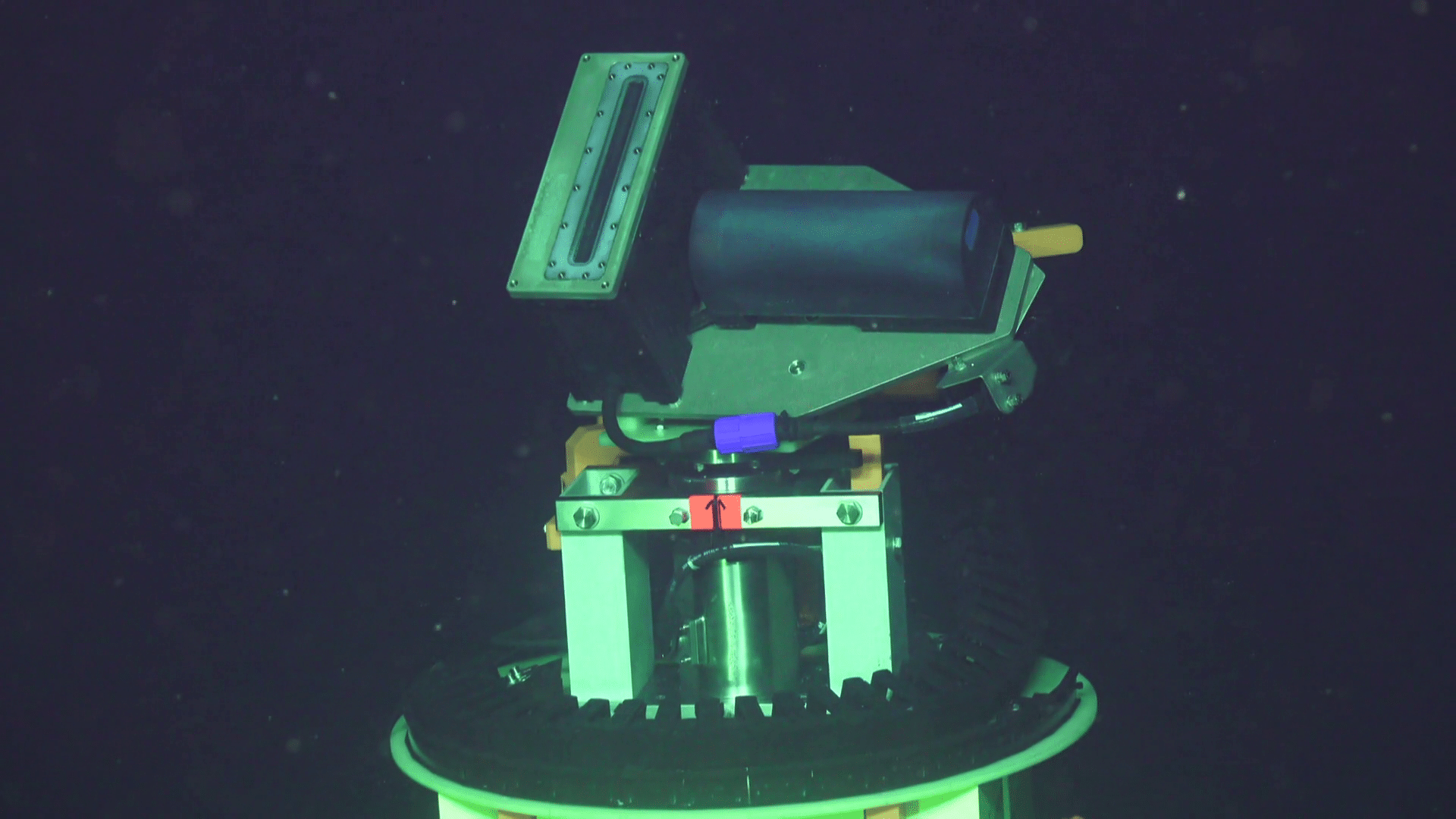Case Studies
University of Bremen & University of Washington
Research
Monitoring Methane Emissions from the Seafloor
With the increasing concern about global warming, there is a strong focus on methane emissions from the seafloor. Methane, a potent greenhouse gas, is trapped within the seafloor in the form of gas hydrates, solid ice-like deposits. These deposits are only stable at specific conditions of high pressure and low temperature, which means that only a small volume of methane bubbles up into the ocean. Despite its greenhouse effect, the quantity reaching the atmosphere is not threatening. However, there is a concern that with the temperature increase of oceans, the seafloor methane hydrate deposits will dissociate, leading to a higher volume of methane being released into the ocean and potentially reaching the atmosphere.


The M3 Project: Monitoring Methane Emissions from the Southern Hydrate Ridge
The MARUM Center for Marine Environmental Sciences at the University of Bremen and the University of Washington in Seattle are collaborating on a project called M3. This project, funded by the German Ministry of Education and Research, aims to monitor the natural release of methane at the Southern Hydrate Ridge (SHR) off the coast of Oregon State. The objective is to determine if there is a relationship between ocean warming and the volume of methane released in the ocean.
Real-time Monitoring with the Sonic 2022
The monitoring of methane emissions is carried out using a multibeam echosounder (MBES) Sonic 2022, which enables real-time monitoring of the seafloor. Previously, long-term monitoring was impossible due to the high-power consumption of the MBES. However, the Sonic 2022 offers high performance while ensuring low power consumption, making the M3 project possible.

Deployment and Operation of the Sonic 2022
The Sonic 2022 is mounted on a tripod that lays on the seafloor and is connected to the Regional Cabled Array of the Ocean Observatory Initiative (OOI). The OOI is an underwater cabled observatory funded by the National Science Foundation (NSF), which provides power supply and two-way communication to the instrument.
The Sonic 2022 rotates 360° to survey the ocean for methane emissions in all directions. The MBES was deployed in June 2018, and the project is expected to run for over two years to collect as much data as possible.
Learn more about the M3 project
M³ - Acoustic monitoring of natural release of methane gas from the seafloor
